Hawa Mahal
Sitting on the edge of the City Palace, it’s the mixture of red and pink sandstone that ensure the Hawa Mahal breathtakingly stands out against the stunning landscape of Jaipur. It’s impressive facade consists of a unique five-storey exterior which is akin to that of a honeycomb and has 953 small windows, called Jharokhas, that have been completed in an intricate latticework design. Created in 1799, the Hawa Mahal was erected so that the ladies of the royal court could marvel at the beauty of the city from behind closed doors. And, still, 219 years later, the view is no less impressive.
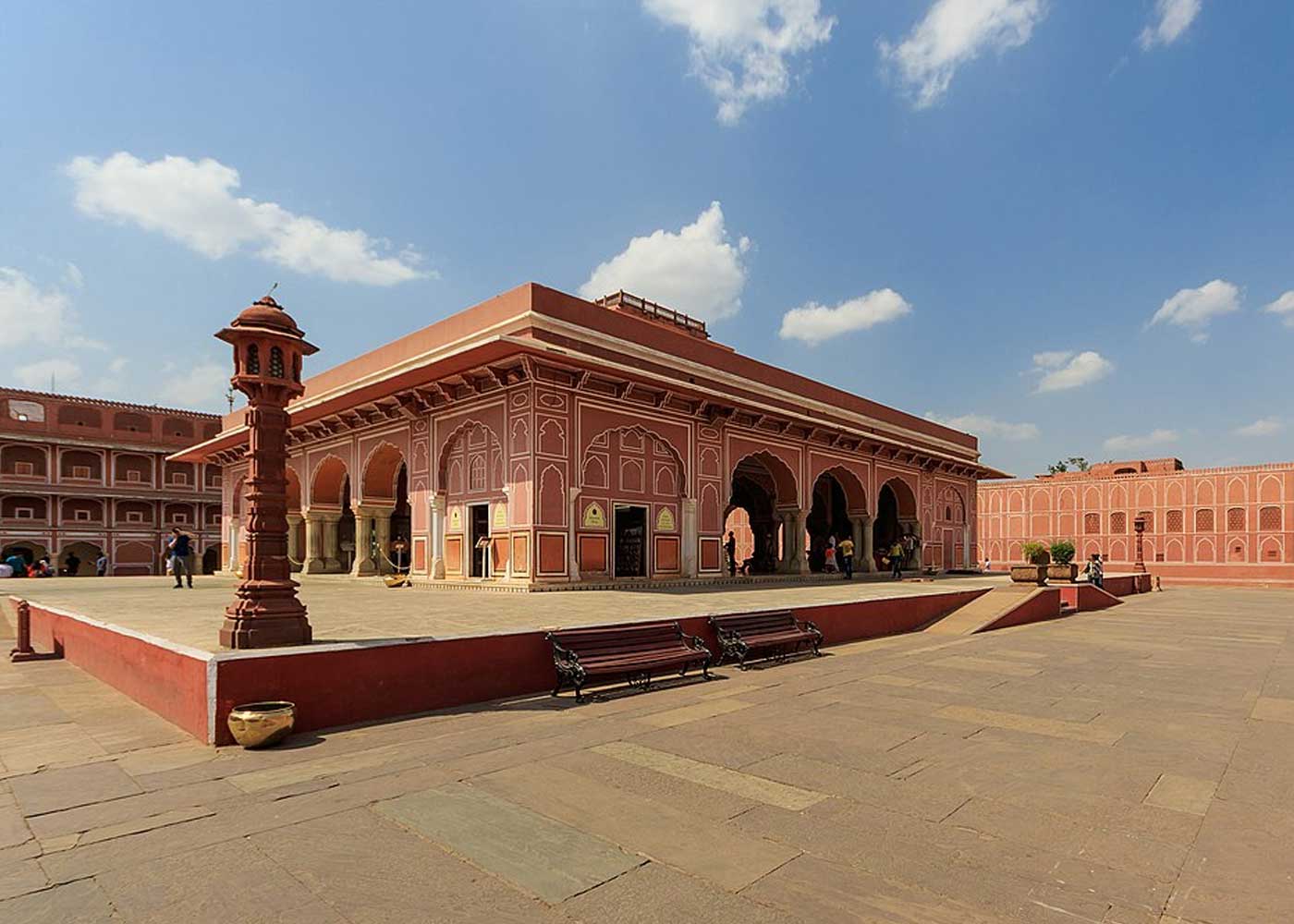
City Palace
From the imposing entrance gates to the grand fusion of architecture used on the Mubarak Mahal within, it’s not hard to see why this palace once housed Indian Royalty. Now serving as a museum, the lavish structure was built in the 18th century by Sawai Jai Singh II and its history is therefore closely entwined with that of Jaipur and it’s rulers over the last hundreds of years.
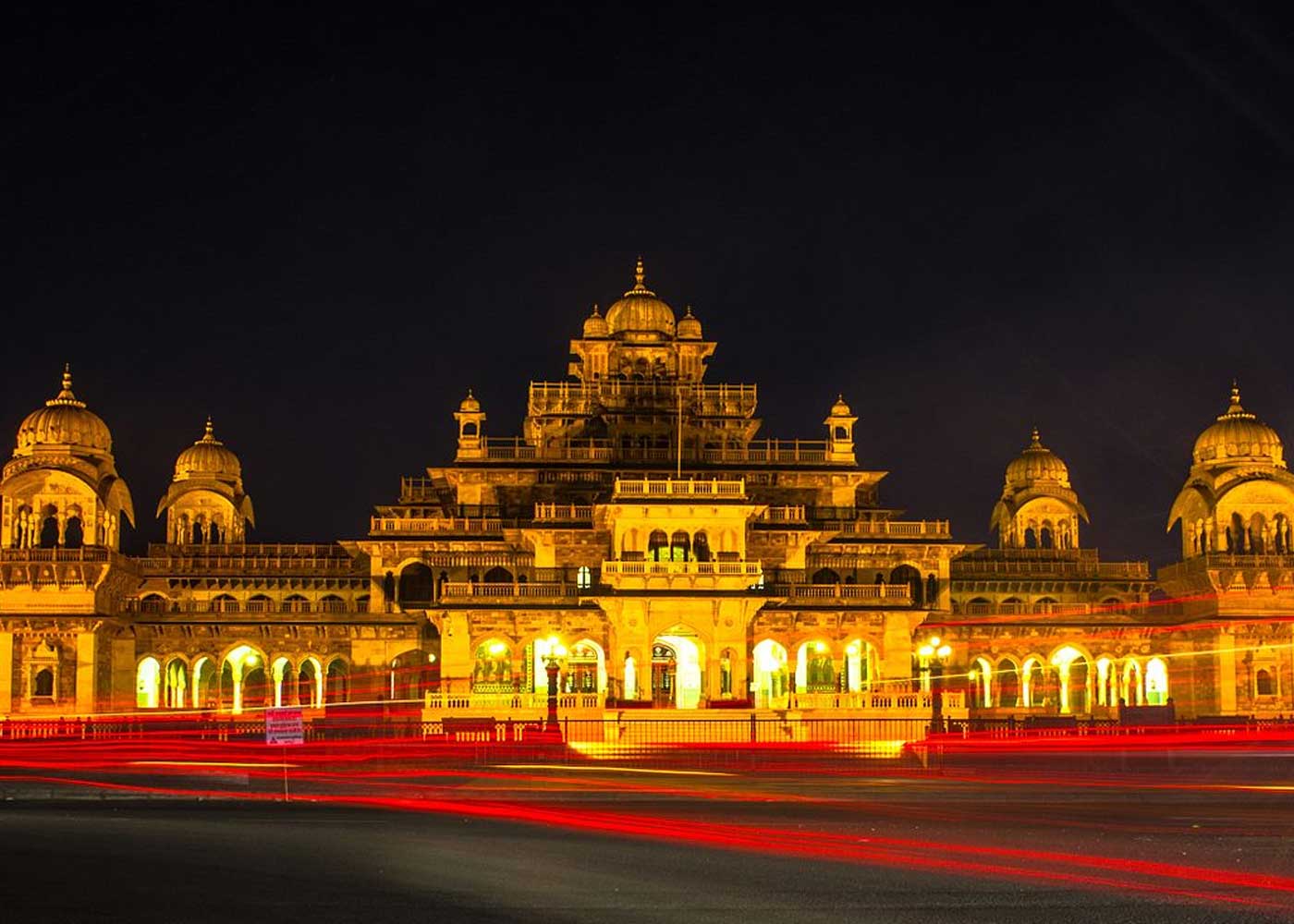
Albert Hall Museum
Being the oldest museum in the state of Rajasthan the Albert Hall functions as an excellent place for the more academically minded. With its various collections of pottery, sculpture, amour, metal and marble pieces it is an extremely enlightening place for those eager to learn more about the historic and artistic side to Jaipur and India.
Opening in 1887 the museum has a strong link to India’s colonial past. In fact, it was originally named after King Albert Edward VII who visited the city as a Prince in 1876 to lay the foundation stone. Designed by British architect, Sir Samuel Swinton Jacob, Albert Hall has a clever combination of Indian Islamic architecture and neo-gothic style that characterised much of English Victorian architecture.
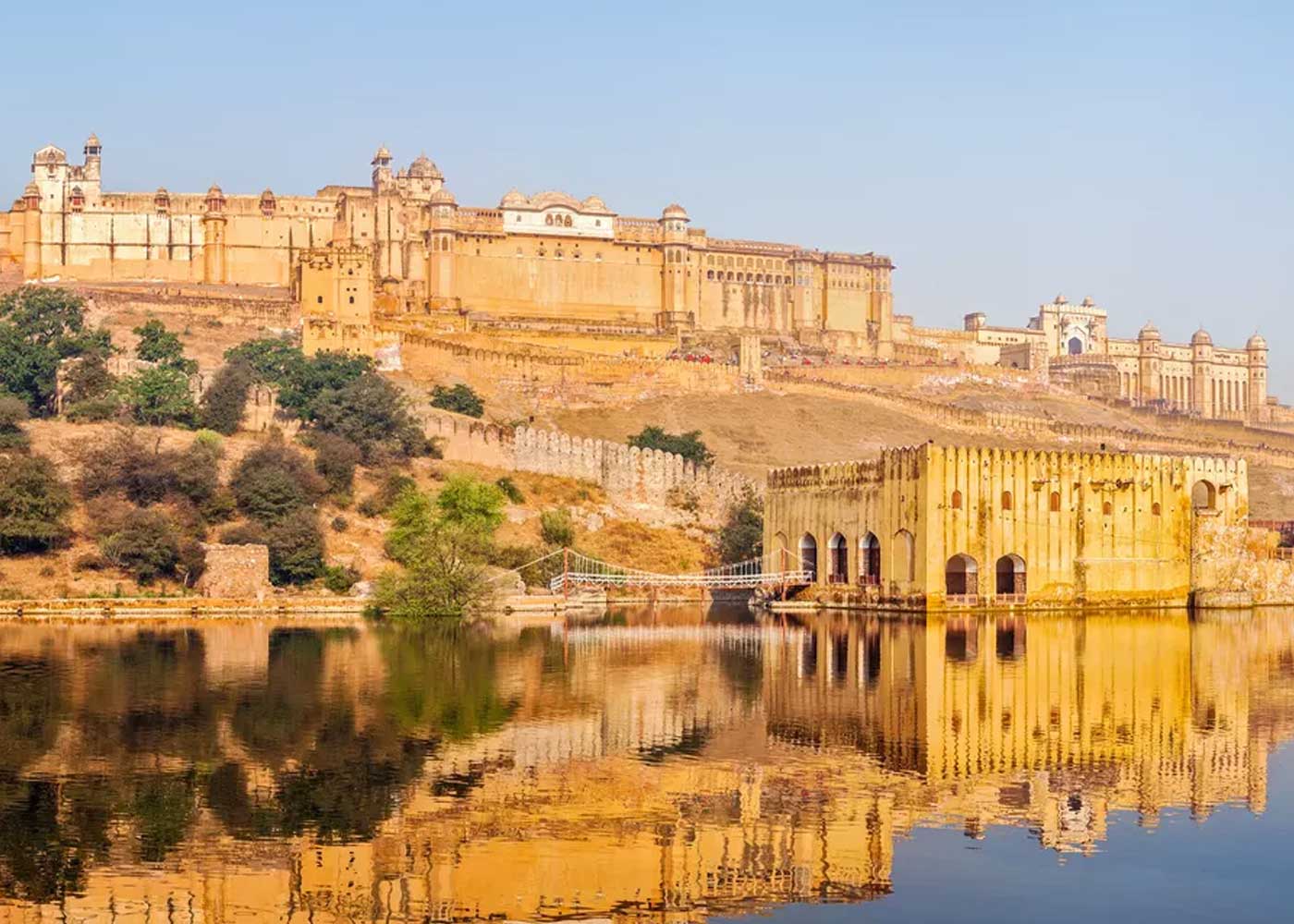
Amber Fort (aka Amer Fort)
With it’s stunning views over the Maota Lake, on which it rests, this magnificent fortress is one of the quintessential sights of Jaipur. Built in the 1590s, it’s an example of traditional artistic Hindu architecture that characterises much of the country. Located just 11 km from the city, the fort can easily be reached by public transport, or even an an elephant rides for the more adventurous travellers! With it’s pale yellow and pink sandstone paths, complex courtyards and grand halls, Amber Fort is a true testament to the labyrinthine beauty of Indian architecture and it’s easy to see why this UNESCO listed site is commonly referred to as the Amber Palace.
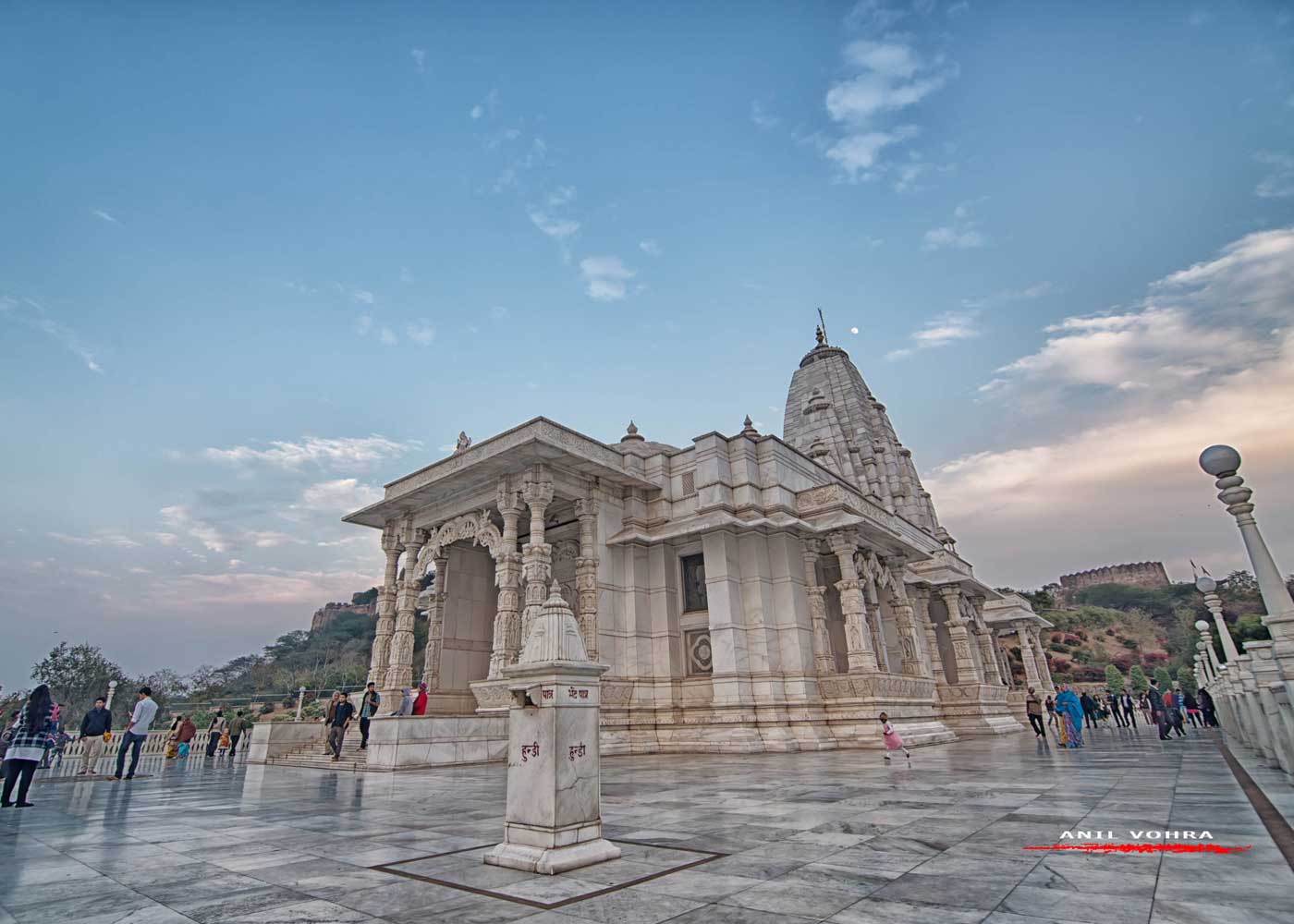
Birla Mandir Temple
Despite this noble white structure only being recently constructed in 1985, it still manages to hold gravitas, especially when elegantly lit at night, contrasting the evening sky. The temple itself contains a lot of precious religious iconography with vivid stained glass windows illustrating scenes from scripture as well as idols of Lakshmi Narayan and Ganesh. Such rich depictions of figures from the Hindu pantheon ensure this temple is a great place to gain an incite into the religious aspects of Indian culture in Jaipur.
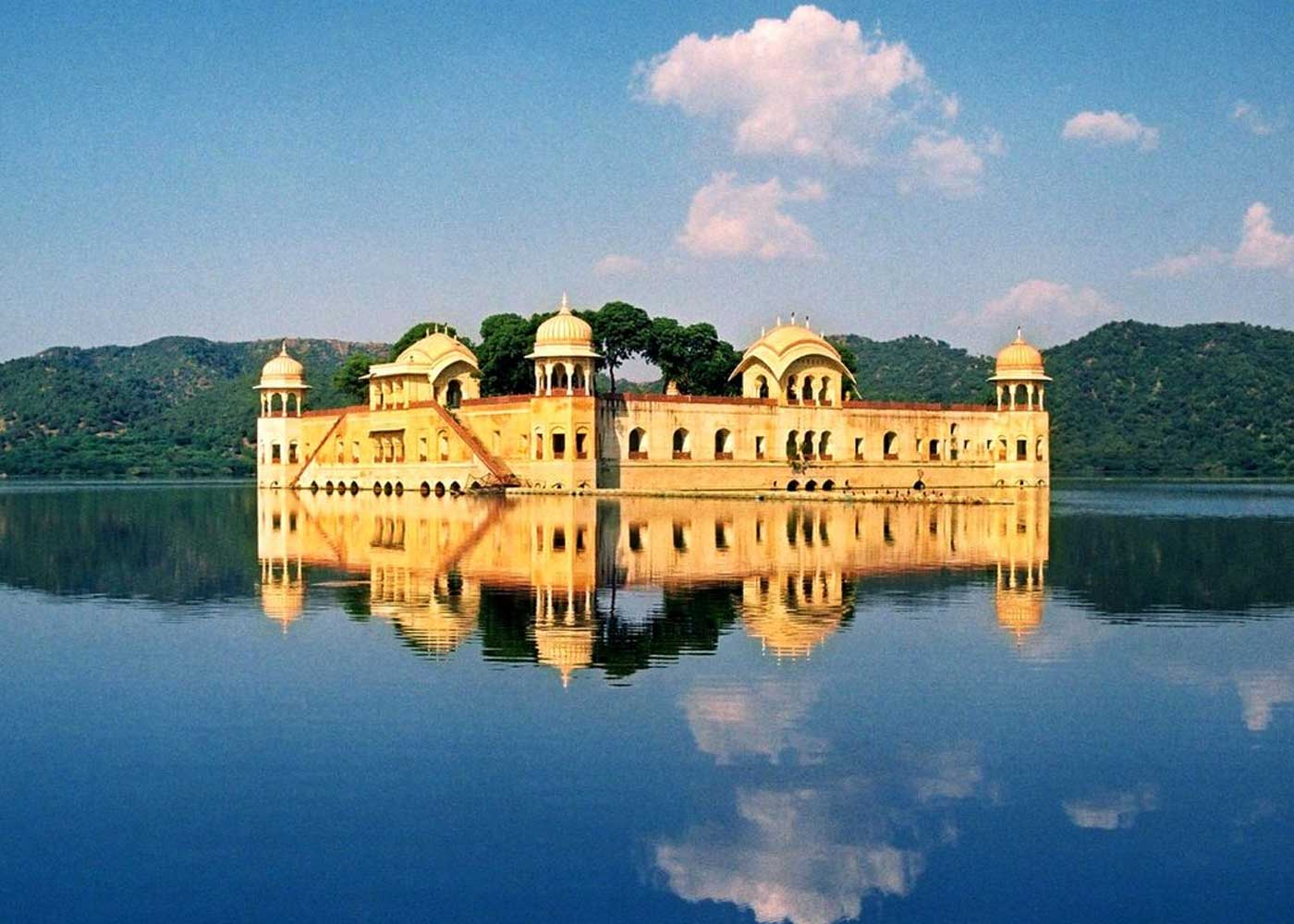
Jal Mahal
In an almost biblical feat this red sandstone treasure of a Palace appears to float on the Man Sugar lake in which it was built. The five storied building is an extraordinary and picturesque site to behold, of which four floors constantly remain underwater leaving just the top floor is exposed. It is for this reason that the Jal Mahal is affectionately deemed the Water Palace. To quite literally top off the Palace’s stunning architecture, the truly sumptuous gardens at its top level allows for breathtaking views all year round.
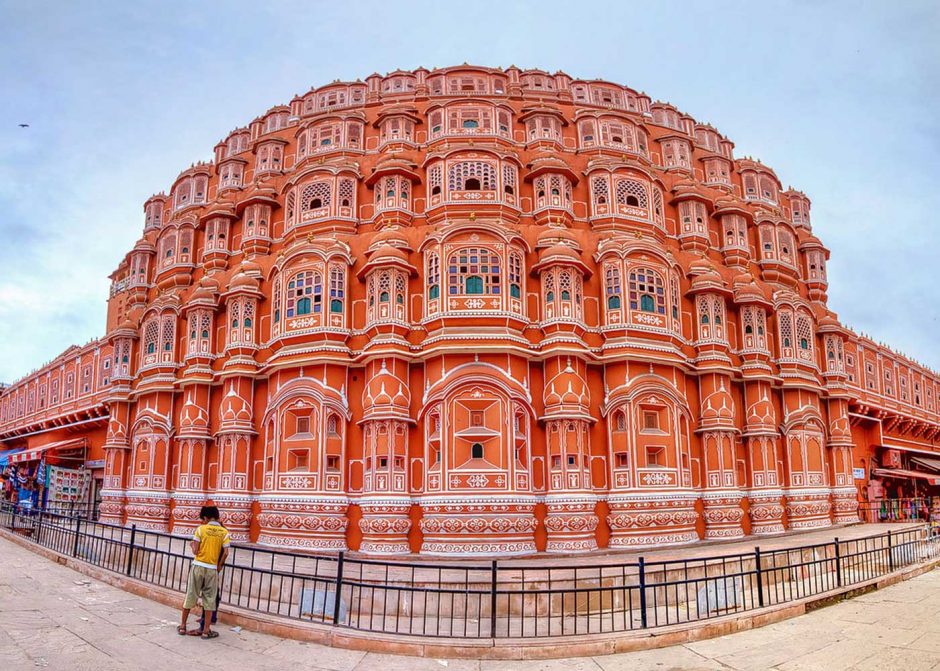
Recent Comments